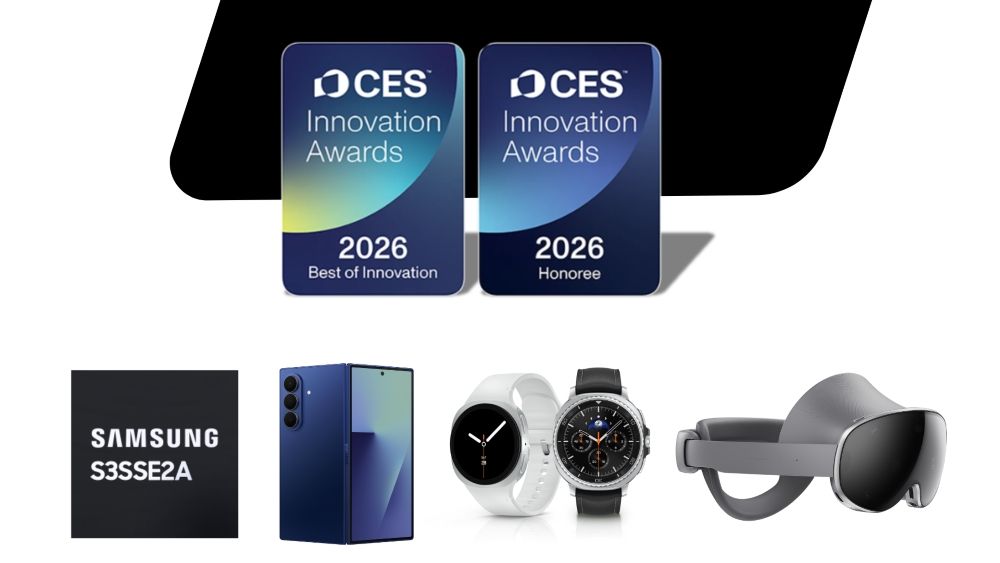Pinterest just found its AI cost-cutting breakthrough. CEO Bill Ready revealed Tuesday that open source models are delivering "orders of magnitude" cost reductions compared to proprietary alternatives, while maintaining comparable performance in visual search applications. The timing couldn't be better - Pinterest's stock tumbled 21% after predicting a weaker holiday season, making cost optimization critical for the visual discovery platform.
Pinterest is betting big on open source AI to slash its computational costs just as the visual discovery platform faces revenue headwinds. CEO Bill Ready dropped the bombshell during Tuesday's earnings call, revealing that open source models are delivering what he called "tremendous performance" at a fraction of the cost of leading proprietary alternatives.
"We're seeing orders of magnitude reduction in cost with comparable performance using fine-tuned open source models versus leading off-the-shelf proprietary models," Ready told investors, according to TechCrunch's earnings coverage. The revelation comes at a crucial time - Pinterest's stock plummeted over 21% Wednesday after the company projected weaker-than-expected holiday revenue.
The cost optimization couldn't come at a better moment. Pinterest predicted Q4 revenue between $1.31 billion and $1.34 billion, missing the $1.34 billion analyst consensus. The company blamed President Trump's tariffs and their negative impact on home furnishings, a key category for the platform that serves as many consumers' first step in their shopping journey.
But Ready's open source revelation suggests Pinterest has found a way to expand AI capabilities without breaking the bank. The company already deploys AI across personalized recommendations, multimodal search combining text and images, ad targeting, and its recently launched Pinterest Assistant. Now it's systematically testing proprietary models against open source alternatives - and the open source options are winning on cost efficiency.
"We feel really good about the value that we're bringing to the user there, our ability to align that with monetization, and our ability to control those costs and deliver that effectively," Ready explained during the call. The company plans to move forward with open source models across "many" use cases, he said.
The strategic shift highlights how AI-powered companies are getting smarter about model selection. Rather than defaulting to expensive proprietary solutions from or , is fine-tuning open source alternatives specifically for visual AI applications - its core competency.












